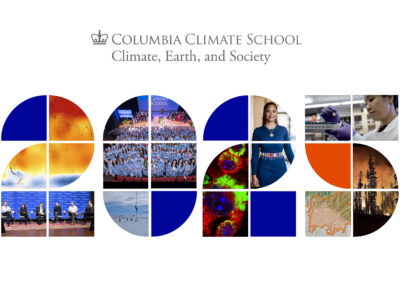
By Beatrice Fakahany and Kaitlyn Major Hale*
It is no surprise that our ancestors have paved the way for who we are today. Clear human features and habits have developed but we rarely consider how much climate has played a role in our evolution. Geochemist Kevin Uno and paleoclimatologist Peter deMenocal from Columbia’s Lamont Doherty Earth Observatory found that one of the best ways to look deeper into the effect climate has had is by looking into ancient habitats via remains such as bones, plants and soils.
Studying vegetation trends in Africa over millions of years, the researchers concluded that humans developed flexible diets, large brains, complex social structures, and the ability to walk and run on two legs thanks to the foods they were eating. Since vegetation and climate change are directly related, our ancestors’ diets are a reflection of the climate they were living in. An in-depth study of leaf waxes in 2016 revealed the history of vegetation in the area, while mammal teeth provided information about the ecosystem and water during that time as well.
“Teeth are unique because they form anywhere from a year to ten years in big animals, and that’s like a little data logger or time capsule from millions of years ago,” said Uno.
Although we have basic knowledge of who we are as a species and where we come from, it is important to dive deeper into the details of human evolution. Throughout their research, Uno and deMenocal concluded that “reconstructing the palaeoenvironment of hominins is essential for understanding the potential role of environment and environmental change on their evolution.”
*Beatrice Fakahany and Kaitlyn Major Hale are juniors at the Grace Church School in Manhattan. In Fall 2017, they were part of a Science Communication Class created by Columbia’s Lamont-Doherty Earth Observatory. The class pulled in speakers from Lamont-Doherty and the Earth Institute to introduce students to “real world” communications issues. Students learned about how to communicate science via written work and videos, how to form opinions and debate a science topic, and how to talk about science policy. This blog post was written as a culminating activity in the class.



